Welcome to Polk County, circa 1985
Back-to-back freezes had obliterated citrus and, in turn, processors and packinghouses. Phosphate was nearly mined out and 18,000 employees dwindled to 3,000. By now unemployment in the county was 16 percent, a high in the nation. Community leaders decided to act quickly, creating what is now the Central Florida Development Council.
“A lot of things were happening and one day we all woke up and said, ‘we are in serious trouble,’” said Gene Engle, a realtor and key advocate in the early days of the CFDC.
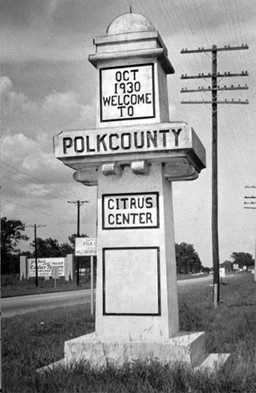
Necessity Moves the Needle
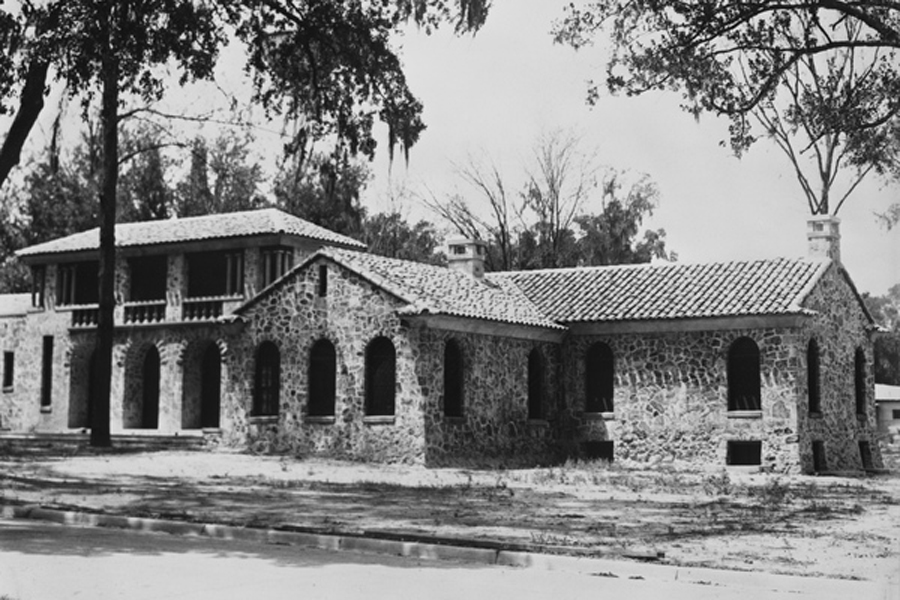
In August 1985, 300 business leaders met at the Bartow Civic Center to learn about the advantages of promoting local businesses and tourism. Support came quickly for a public-private partnership, and shortly thereafter, the Economic Development Council of Polk County was incorporated as a 501(c)(6) in 1986. The name was changed to the Central Florida Development Council in 1990 to further promote Polk’s strategic central location.
Jim DeGennaro, who spent most of his 35 years as a county employee with the CFDC, says the key to success at the county level was volunteers and staff working together. He praised Jim Brantley, the first CFDC director, who became his mentor.
“In my mind, the CFDC would not have been successful early on if it had not been for County Community Development efforts,” he says. “The Community Development program united most of the smaller communities in Polk County to work with the county. That cooperation model was used expertly by Jim Brantley — a master tightrope walker who could balance private and public interests.”
In 1986, residents approved a referendum that authorized the county to levy a 2 percent bed tax (a tax on room rentals of six months or less), and created the Tourist Development Council (TDC), which allocates bed tax money. The rate has since been increased to 5 percent, which brings in about $10 million annually.
Growth Within Economic Development
In 1992, the CFDC and TDC started the sports marketing program to promote Polk County in a new, more focused way. That same year, the County started the Office of Small and Minority Business Development within its Economic Development Department. The county commission voted to allocate more money to economic development by amending its Occupational License tax ordinance a year later. It did so again in 2001 and 2020.
In 2000, the CFDC signed a contract with the Polk County Workforce Development Board to create the PolkWorks Workforce 2020 program. This program’s four employees helped local companies find assistance to recruit, train and motivate employees. The partnership has been lauded for making labor and training assistance seamless through combined economic development and workforce agency resources.
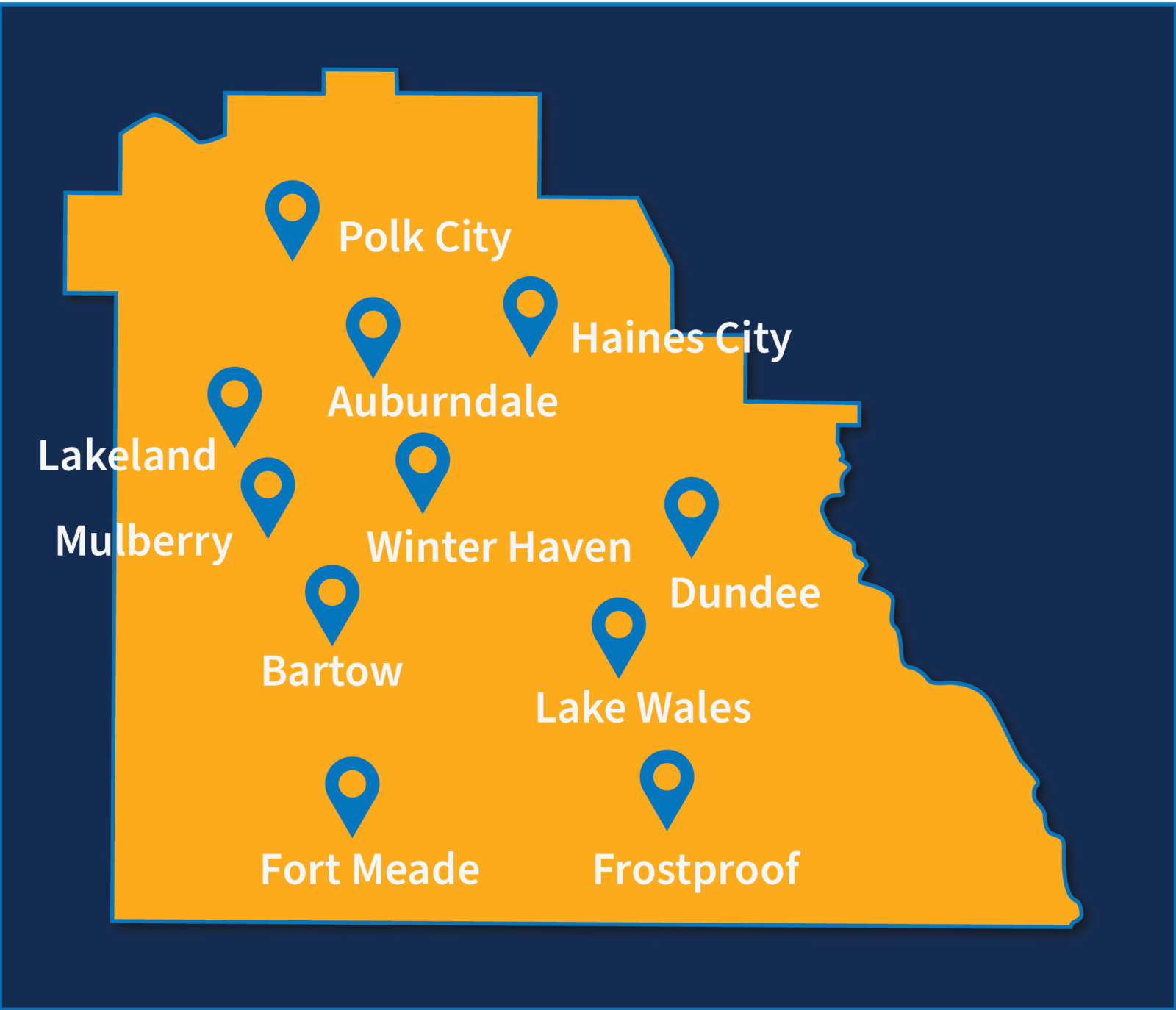
The CFDC’s role at that time was to “provide marketing support either directly or indirectly to 17 cities for recruiting and retaining higher-paying and value-added jobs countywide.”
Going Private
Change was coming.
“By 2010, the CFDC was a public-sector organization that reported directly to the county manager,” said previous County Manager Jim Freeman. “The long-term strength of the organization, since its formation in the 1980s, had been the strong private-sector engagement and leadership. This public sector foundation had become a concern by 2010, resulting in significant private-sector questioning of the value proposition for their continued investment of time and money in a public organization.”
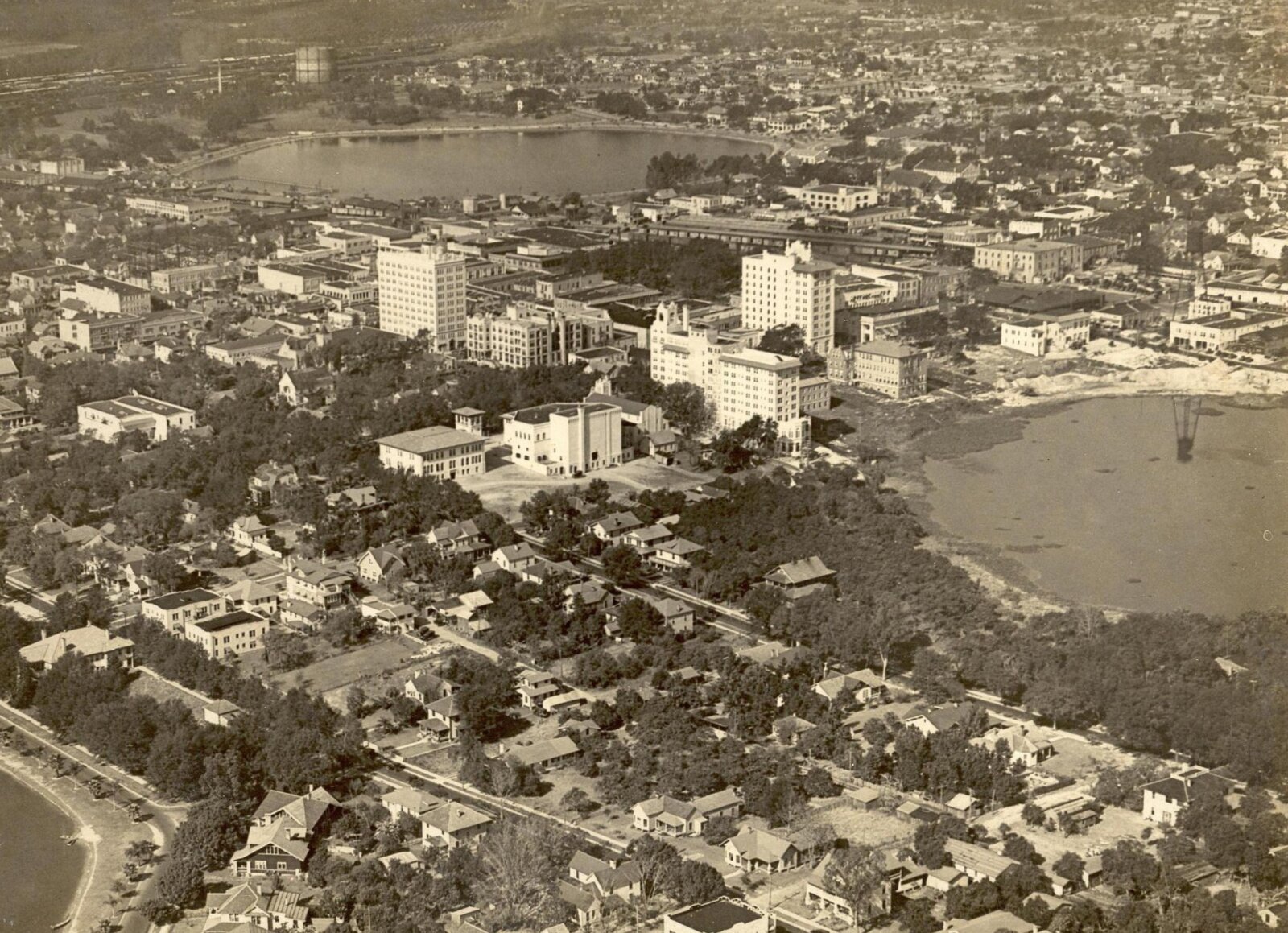
Like most businesses, the CFDC needed to change as it neared its 25-year mark, said Jerry Miller, chairman of the board from 2010 to 2012. It needed to become more inclusive and stay relevant. It needed to “look honestly at its approach (business plan) and compare it to new and emerging ideas and concepts,” says Miller, Duke Energy’s government and community relations manager.
“When the board of directors, along with Polk County officials, agreed that a new approach to recruitment and retention was needed, we sought professional advice and consulting to ensure we were building a successful organization, one that would represent the entire county with input from the business community, local government and staff.”
Not everyone was happy with the potential changes.
“I wasn’t a fan of changing the way we had it because we had a stable funding source in the county and the occupational license piece,” Engle says. “But now that I look at it and see it’s doing very, very well, I recognize it’s good to have membership more than we had. We had it, but not as strong as it is now. It’s good to have people buy in; people have equity interest in it.”
Jim Bell became the transitional leader, a man trusted by many. Bell was a long-time County director of several departments and a retired Colonel in the US Air Force. He had a longtime love for community and economic development. And thus began its transition from a public organization to a private not-for-profit.

The idea was to get local businesses to become investors in the organization, and by the time David Petr started as the organization’s fourth executive director and new President/CEO.
Petr, who followed Brantley, Bill McDermott and Tom Patton as directors of the CFDC, oversaw the conversion with an open and inclusive approach and a strong performance at the helm. After three years, he left the CFDC in August 2016 to take a job in Maryland. CFDC Vice President, Sean Malott, was immediately named Petr’s successor.
In the two full years Petr was in charge, the CFDC worked with other local economic development agencies to create more than 3,100 jobs and lure $469 million in investments in new and expanded businesses, including two Amazon distribution centers.
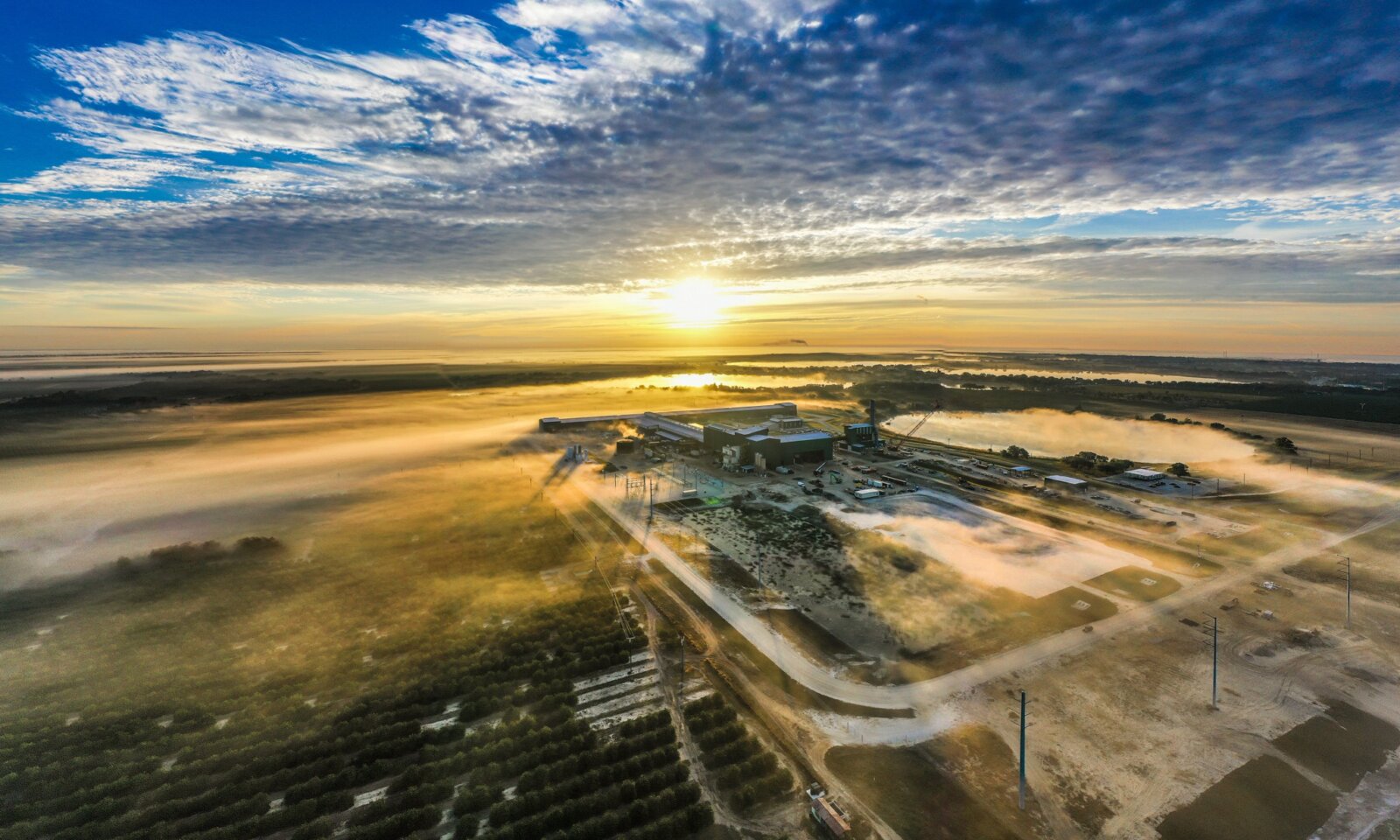
Miller says the CFDC’s strength comes from its unique position — being able to “represent the entire county with one voice on many issues.”
It works closely with business and community leaders to target industries and push them to locate in Polk County — Nucor Steel Florida being one of the most recent in 2018. The CFDC worked with the City of Frostproof, the county and the state, among others, to lure Nucor here. Nucor plans to build a $240 million micro mill just outside the city limits of Frostproof. That plant eventually will employ 250 people making an annual average salary of $66,000.
Former County Commissioner Todd Dantzler, who is the 2018-2019 board chair, says the functionality of the board and the relationships the CFDC has with the county and other local economic development councils are its key to success. He called the recruitment of Nucor a grand slam. “But you score a lot of runs hitting singles and doubles with smaller companies you bring in.”
Miller agrees and elaborates.
“The relationship that the CFDC maintains with state organizations and contacts they make during business trips lay the groundwork for future recruitment,” such as a recent trip to the Farnborough air show to highlight Polk County and Central Florida’s growing aviation market. “So much of the work that goes on day to day is behind-the-scenes work to set the county up for successes in the future.”
Greg Littleton, president of Citizens Bank and Trust, took over as chairman of the board in 2012, a volunteer position he had assumed previously from 2004 to 2006. He says he’s proud of the work the CFDC has accomplished, and the collaborative way in which it has operated.
“It has persevered rocky political climates and many economic ups and downs,” Littleton says. “Not only has it persevered, but it has remained relevant. I firmly believe the CFDC is a better organization today than it has ever been, and it’s seen some pretty great times in its history.”
Fortune 500 companies including Amazon, Ford Motor Company, McKesson Pharmaceuticals, Lockheed Martin, GEICO, Coca Cola, UPS, Walmart, Pepperidge Farm and Sherwin Williams have all located facilities in Polk County under the CFDC’s watch. These leading companies and many others helped the CFDC and its partners secure incentive funding to assist businesses and the community. An example is County Line Road which was constructed with state road fund dollars secured to assist several businesses locating on that major highway and Interstate 4.
Much of that credit goes to past and present business leaders who have “made the CFDC what it is today.”
“From the first group who got together to try to diversify our economy to every volunteer who has given their time over the years is what has made the CDFD so successful,” Littleton says. “I believe the CFDC will continue to thrive and grow and remain relevant. The current group of leadership is very strong and has set the CFDC on a successful path.”

